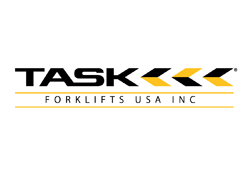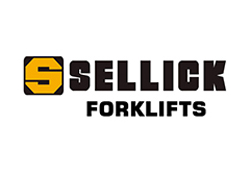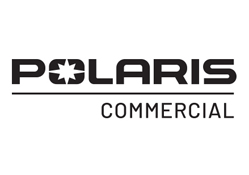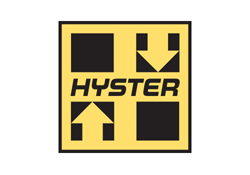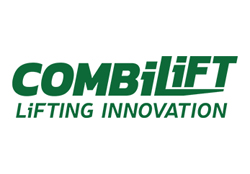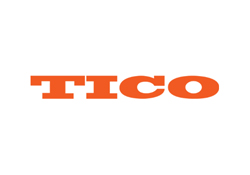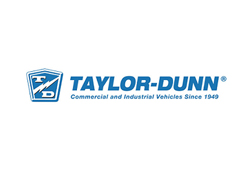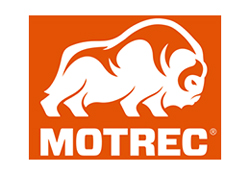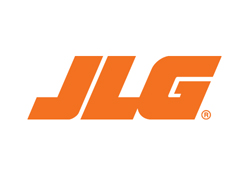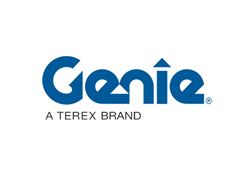The Ultimate Guide to Choosing the Right Hydraulic Hose Fittings for Your Needs
In the ever-evolving landscape of industrial operations, selecting the appropriate Hydraulic Hose Fittings is critical for ensuring optimal system performance and longevity. According to a report by MarketsandMarkets, the global hydraulic hose market is expected to reach USD 2.6 billion by 2025, driven by the rising demand in sectors such as construction, mining, and agriculture. With the diversity of applications, the right hydraulic hose fittings can significantly influence efficiency, safety, and maintenance costs. This guide aims to equip you with essential knowledge and insights to navigate the complexities of choosing hydraulic hose fittings that best meet your specific needs, thereby enhancing system reliability and operational effectiveness.
Understanding the Basics: Types of Hydraulic Hose Fittings and Their Applications
When choosing hydraulic hose fittings, it's essential to understand the various types available and their specific applications. Common fittings include JIC, NPT, and BSP threads, each designed for different pressure ratings and fluid compatibility. JIC (Joint Industry Council) fittings, for instance, are widely used in high-pressure applications due to their reliable seals and ease of use. Conversely, NPT (National Pipe Thread) fittings are favored for their ability to create tight joints through compression. Knowing these basics can guide you in selecting the right fitting for your hydraulic system.
Tips: When selecting hose fittings, always consider the fluid type and pressure requirements. It's also advisable to use crimping tools that are suited for the task, as proper crimping will ensure secure connections and prevent leaks. Moreover, staying informed about advancements in hose technology, such as corrosion-resistant options, can significantly enhance system longevity and reliability, especially in demanding environments like oil and gas operations.
Key Factors to Consider When Selecting Hydraulic Hose Fittings
When selecting hydraulic hose fittings, several key factors must be considered to ensure optimal performance and safety. Firstly, compatibility with hose and fluid type is essential. Different fittings are designed for various types of hoses and fluids, such as petroleum-based oils, water, or chemicals. Confirming the compatibility can prevent leaks, chemical reactions, or failures that could lead to costly downtime or hazardous situations.
Another critical factor is the pressure rating of the fittings. Each hydraulic application has specific pressure requirements, and using fittings that can withstand the necessary pressure is vital for system integrity. Additionally, the fitting material—whether it's steel, stainless steel, or composite—plays a significant role in durability and resistance to corrosion or wear. Lastly, choosing the right fitting configuration, such as crimped or threaded, can affect ease of installation and maintenance, making it important to select fittings that align with your specific operational needs.
The Importance of Compatibility: Matching Fittings with Hose Sizes and Types
When it comes to hydraulic systems, ensuring compatibility between hose fittings and hose sizes is crucial for optimal performance and safety. Different hydraulic hoses are designed for specific applications, and not all fittings will work seamlessly with every hose. Understanding the compatibility of fittings with hose types involves recognizing the diameter, pressure rating, and material composition of both components. This ensures a secure connection that can withstand the pressures and conditions of your system.
Moreover, the right fit can significantly impact the longevity and reliability of hydraulic equipment. Using mismatched fittings can lead to leaks, reduced efficiency, and even catastrophic failures, resulting in costly downtime and repairs. It is essential to consult manufacturers’ specifications and industry standards to guarantee that the fittings you select are specifically designed for the hoses you intend to use. By prioritizing compatibility in your choices, you can enhance the overall functionality and safety of your hydraulic systems.
Maintenance Tips for Extending the Lifespan of Hydraulic Hose Fittings
Maintaining hydraulic hose fittings is crucial for ensuring optimal performance and longevity in hydraulic systems. According to a report by the Fluid Power Journal, nearly 70% of hydraulic system failures can be attributed to improper maintenance of hose fittings and connections. Regular inspections should be conducted to identify signs of wear, corrosion, or leakage. It is recommended to clean fittings before installation and to inspect them regularly for any signs of damage. This proactive approach can significantly mitigate risks associated with unexpected system failures.
Additionally, employing the right lubrication and sealing practices can greatly extend the lifespan of hydraulic hose fittings. A study published in the Journal of Hydraulic Science indicates that using compatible lubricants can reduce friction and wear, thus lowering the risk of premature failure. Moreover, ensuring that fittings are torqued to manufacturer specifications can prevent issues such as stripping or loosening over time. By following these maintenance tips, users can enhance the reliability of their hydraulic systems and ensure continued efficiency in operations.
The Ultimate Guide to Choosing the Right Hydraulic Hose Fittings for Your Needs
| Fitting Type | Material | Size Range (inches) | Pressure Rating (psi) | Typical Applications | Maintenance Tips |
|---|---|---|---|---|---|
| JIC (Joint Industrial Council) | Steel | 1/8 to 2 | 3000 | Hydraulic machinery, construction | Regularly inspect for corrosion and leaks. |
| NPT (National Pipe Thread) | Brass | 1/4 to 3 | 1500 | General plumbing and water systems | Check for proper sealing; replace tape if worn. |
| BSP (British Standard Pipe) | Aluminum | 1/8 to 4 | 2500 | Air and gas applications | Avoid over-tightening; inspect threads regularly. |
| SAE (Society of Automotive Engineers) | Stainless Steel | 3/16 to 2 | 4000 | Automotive, aircraft applications | Clean connection points; check for bent fittings. |
| Push-On | Polymer | 1/4 to 2 | 3000 | Low-pressure systems | Ensure push-on fittings are secure; inspect for cracks. |
Common Mistakes to Avoid When Choosing Hydraulic Hose Fittings
When choosing hydraulic hose fittings, it's crucial to avoid common mistakes that can lead to costly downtime and inefficiencies in your operations. One major pitfall is not considering the compatibility of fittings with hoses and equipment. According to industry data, mismatched fittings can cause leaks, resulting in a 15-20% decrease in hydraulic efficiency. Always ensure that the pressure ratings and sizes of both hoses and fittings match to achieve optimal performance.
Another frequent oversight is neglecting to account for the specific application requirements. For instance, different environments may expose fittings to varying temperatures and pressures. Inadequate selection can compromise safety and functionality. It's vital to consult technical specifications and pressure ratings from manufacturers to ensure that the fittings can withstand the conditions they will face in operation.
**Tips:**
1. Always double-check the compatibility of your fittings with both the hose and your equipment to avoid leaks.
2. Consider the operational environment when selecting fittings to ensure they can handle the specific pressures and temperatures encountered.
3. Regularly review industry reports and guidelines for the latest recommendations on hydraulic fittings to keep your systems running smoothly.
